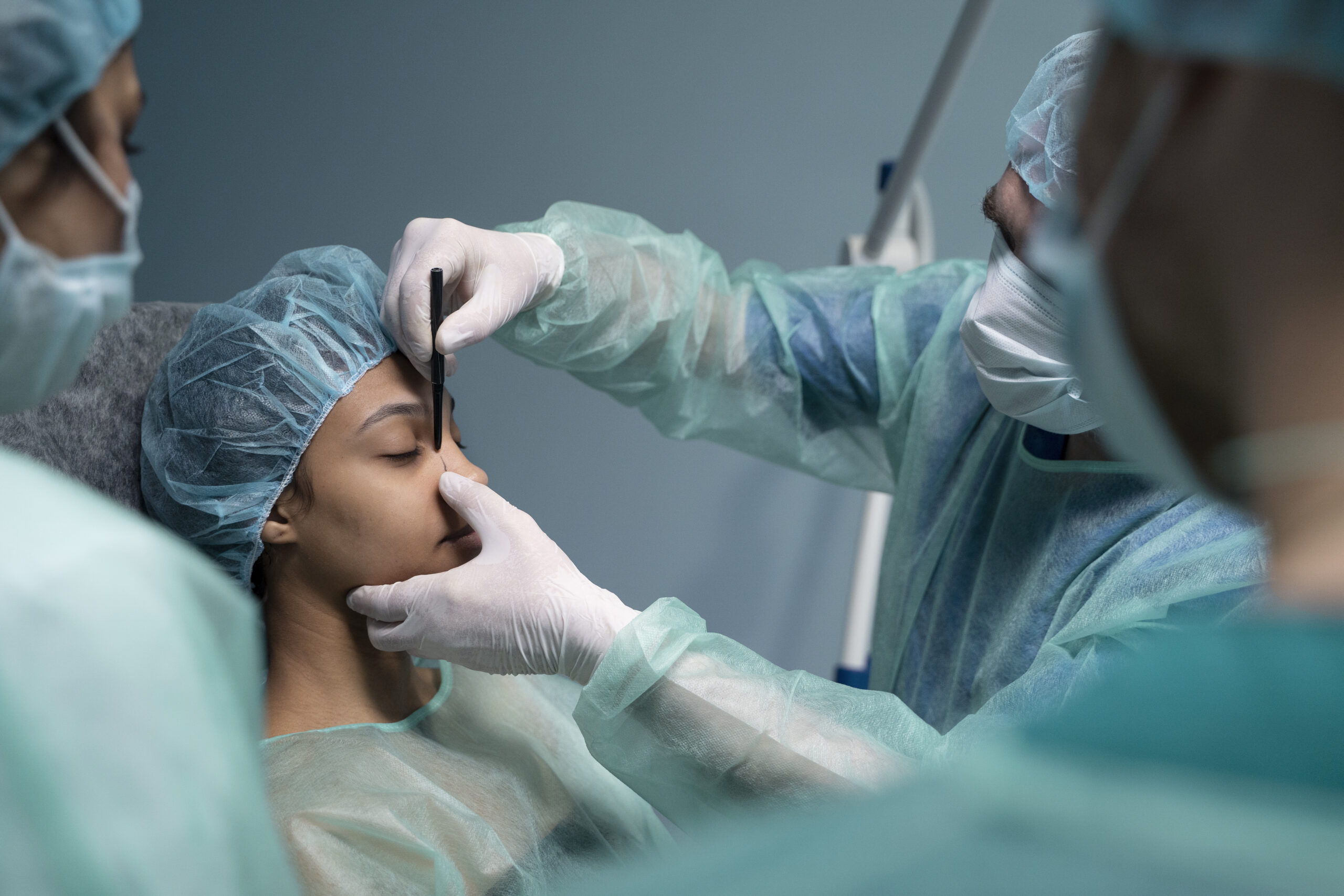Plastic and reconstructive surgery is often associated with cosmetic enhancements, but its impact goes far beyond aesthetics. While many people seek plastic surgery to refine their appearance, reconstructive procedures play a crucial role in restoring function, improving quality of life, and even saving lives. From trauma recovery to correcting congenital disabilities, plastic and reconstructive surgery is a medical specialty that blends art and science to transform lives.
Understanding Plastic and Reconstructive Surgery
Plastic surgery is broadly divided into two categories: cosmetic surgery and reconstructive surgery.
- Cosmetic Surgery focuses on enhancing a person’s appearance through elective procedures such as rhinoplasty (nose reshaping), facelifts, liposuction, and breast augmentation.
- Reconstructive Surgery aims to restore function and normal appearance following injury, medical conditions, or congenital defects. Common examples include burn treatment, cleft lip and palate repair, breast reconstruction after mastectomy, and hand surgery.
Although cosmetic and reconstructive procedures have different goals, they both require exceptional surgical skill, precision, and a deep understanding of human anatomy.
The Life-Changing Impact of Reconstructive Surgery
1. Trauma and Injury Repair
Accidents, burns, and severe wounds can lead to permanent deformities. Plastic surgeons perform reconstructive procedures such as skin grafting, microsurgery, and scar revision to help patients regain function and confidence. For burn victims, reconstructive surgery can reduce scarring, restore mobility, and improve skin flexibility.
2. Congenital Defect Corrections
Children born with cleft lips, cleft palates, or hand deformities face challenges in speech, eating, and daily activities. Reconstructive surgery corrects these abnormalities, enabling children to lead healthier, more fulfilling lives.
3. Post-Cancer Reconstruction
Patients who undergo surgery for cancer treatment, such as mastectomies for breast cancer, may experience a loss of physical structure. Reconstructive procedures like breast reconstruction use implants or autologous tissue to restore the body’s natural shape and boost self-esteem.
4. Restoring Mobility and Functionality
Reconstructive surgery is essential in treating nerve damage, facial paralysis, and conditions like carpal tunnel syndrome. Techniques like nerve grafting and tendon transfers help patients regain movement and independence.
5. Psychological and Emotional Well-being
Beyond the physical transformations, reconstructive surgery has profound psychological benefits. Many patients experience improved self-confidence, reduced anxiety, and a better quality of life. Whether it’s a burn survivor regaining facial symmetry or a breast cancer survivor restoring her body’s contour, these procedures empower individuals to embrace life more fully.
Plastic Surgery and Medical Innovation
Advancements in technology, such as 3D printing, tissue engineering, and robotic-assisted surgery, have revolutionized plastic and reconstructive procedures. These innovations enhance precision, reduce recovery time, and offer more natural results. Additionally, minimally invasive techniques are making surgery safer and more accessible to a broader range of patients.
Final Thoughts
Plastic and reconstructive surgery extends far beyond aesthetics. It plays a vital role in healing, restoring function, and improving lives. While cosmetic enhancements are a significant part of plastic surgery, the true essence of the field lies in its ability to rebuild confidence, restore mobility, and help individuals reclaim their lives after trauma or medical conditions.
If you or someone you know could benefit from reconstructive surgery, consulting with a qualified plastic surgeon can be the first step toward transformation.



